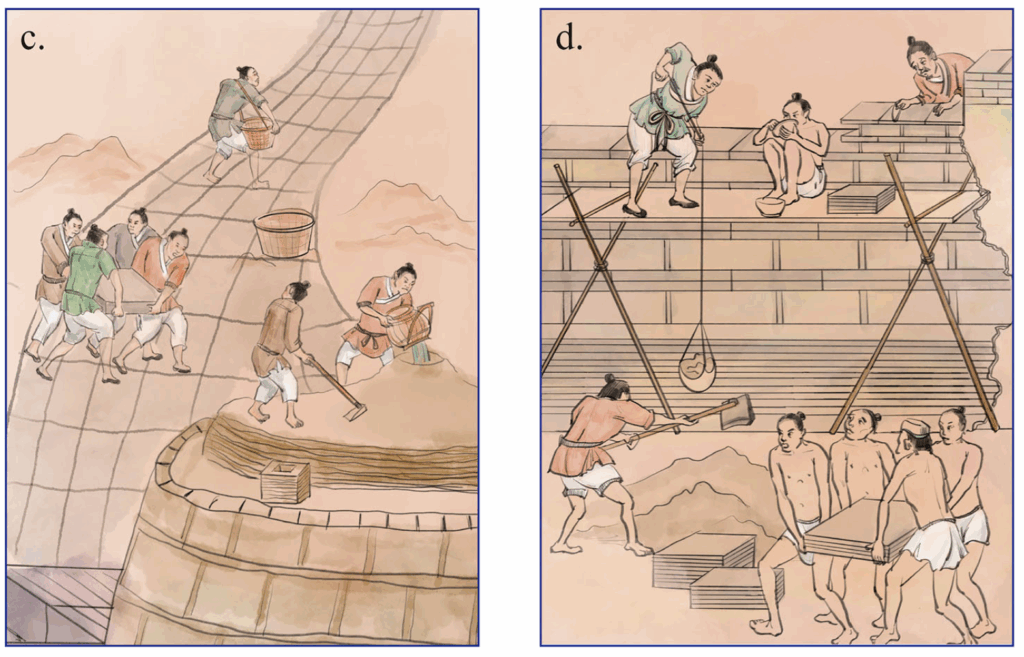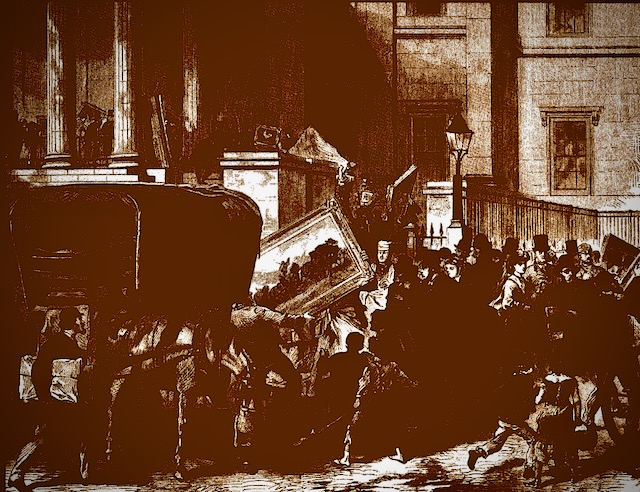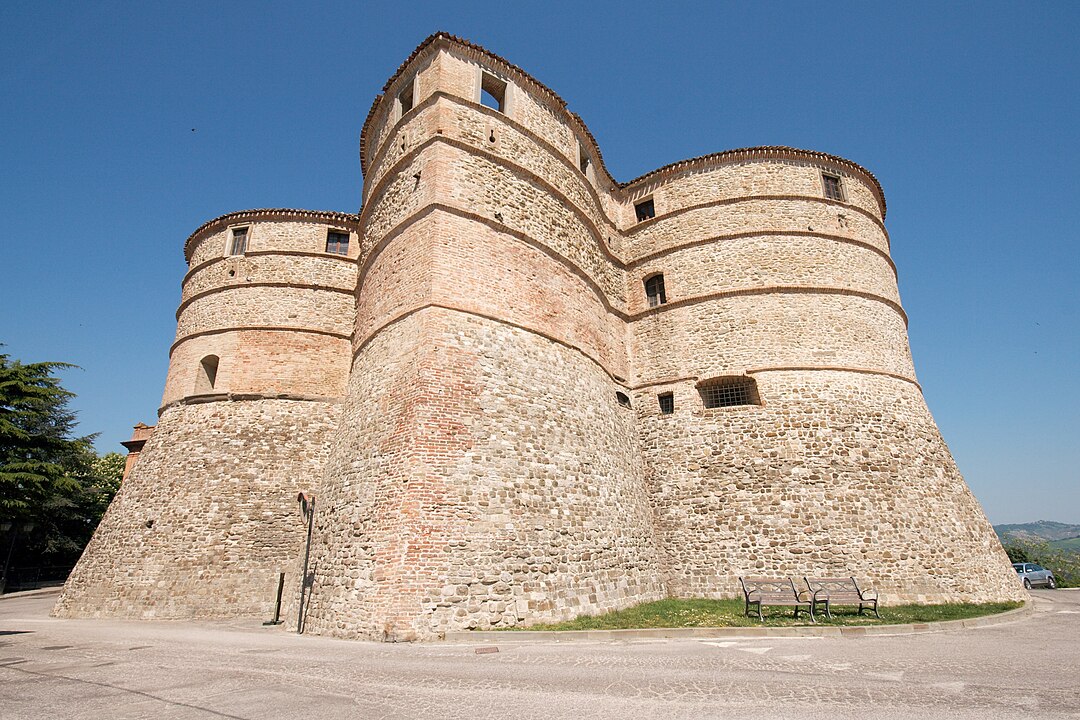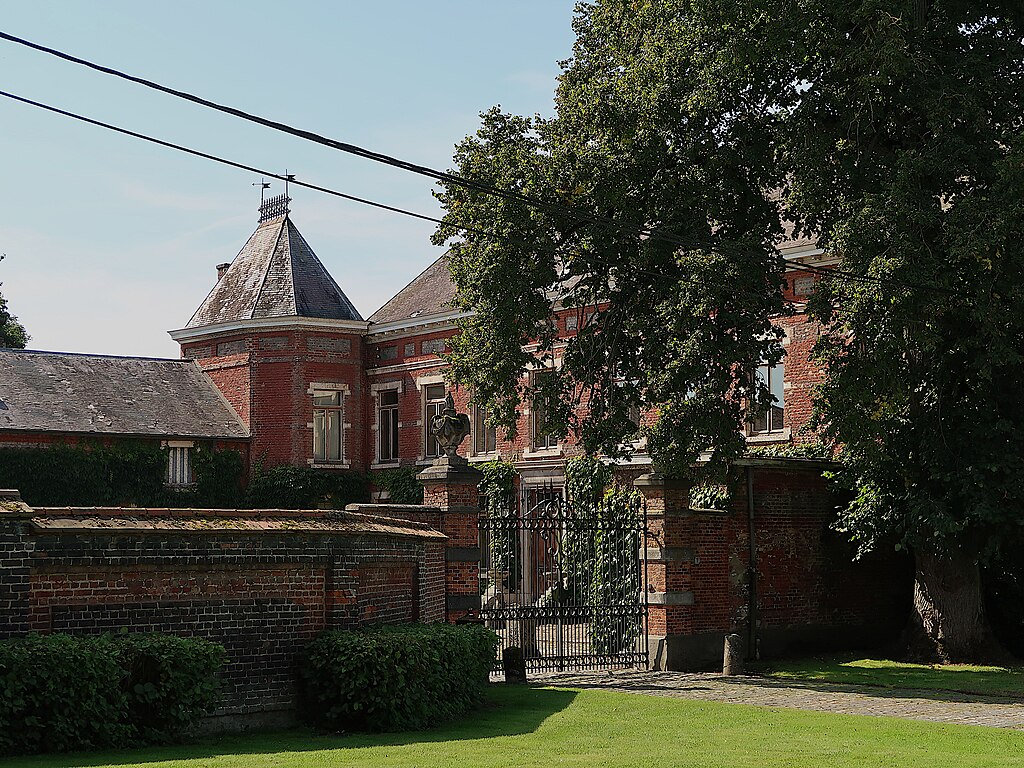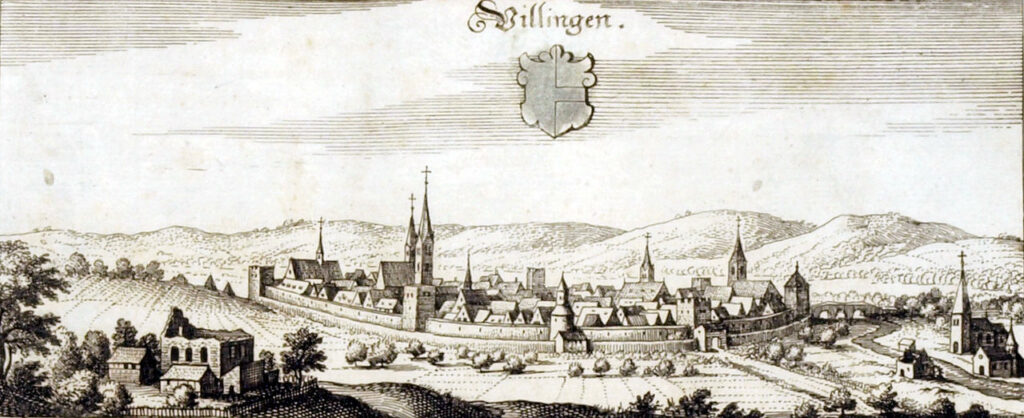Flame retardant Textile Materials Vs Fire Hazards in Historic Buildings
One of the issues addressed during the Cost C17 Action “Fire Loss to Built Heritage” has been the role of materials in fire safety of historic buildings. In the Cost C17 proceedings of the Final Conference (Rome, November 2006), the Session 5.4 Flame – retardant Textile Materials Limiting Fire Hazards in Historic Buildings, presented by Jolanta Muskalska, indicated that her Institute had carried out a project on fireproofing textiles in support of COST Action C 17.
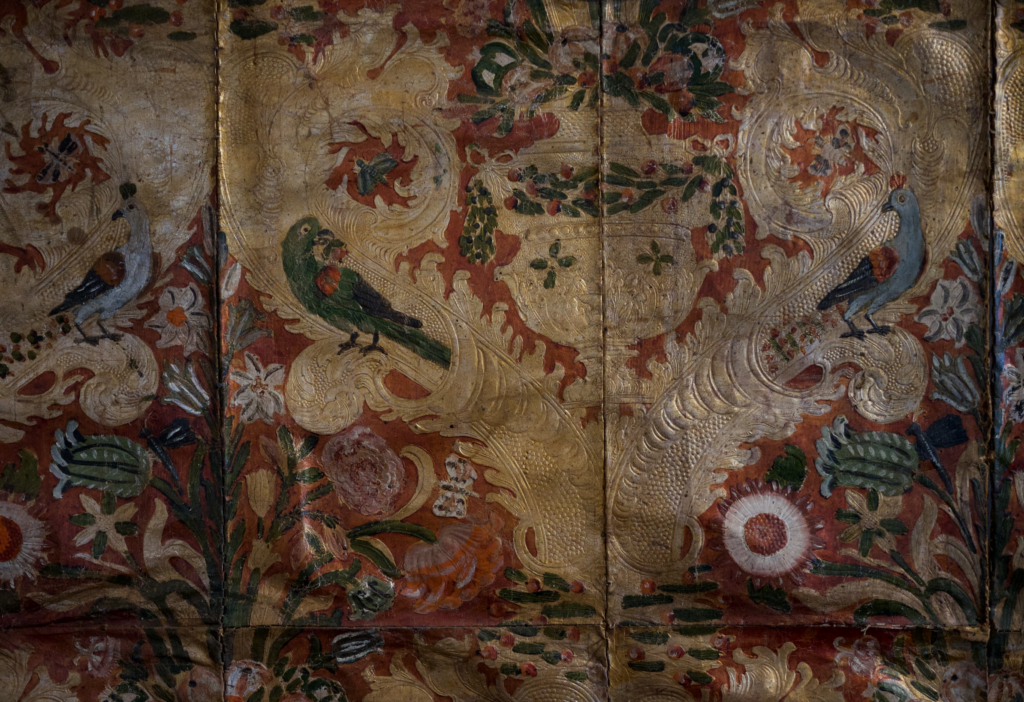
The aims of the project were to:
• Assess the extent of fire hazards in historical objects resulting from the use of flammable textiles;
• determine fire safety requirements for textile equipped interiors in historical objects and other situations such as hotels, restaurants and administrative rooms;
• determine guidelines and technical features required for flame – retardant textiles;
• devise and pilot the production of representative textiles for historical objects to meet assumed requirements;
• develop systems to furnishing historic objects with textiles possessing features that satisfy the fire safety requirements and are reconstructed with respect to colour, design, weave and utilitarian properties
Ms Muskalska referred to a number of palaces in Poland where the results of this work were beneficial and described the flame test work to analyse the burning behaviour and parameters of a variety of textiles. The new fabrics were predominantly flame resistant polyester, with one example of flame resistant cotton having been produced. She concluded that:
• All designed and produced fabrics meet the fire safety requirements and can be used in model historic objects.
• All designed fabrics meet requirements of the range of performance properties (i.e. colour fastness to artificial light, domestic and commercial laundering and dry cleaning) [and safety of use (i.e. emission of volatile organic compounds, content of extractable heavy metals, presence of arylamines that are not allowed to be split off from colorants under reductive conditions and pentachlorphenol) the results of which were not offered in the presentation].
• At the time of the publication, fabrics were being installed in the Cinematography Museum.
• During renovation of historical objects it is important to replace furnishings such as net curtains, drapery, carpets etc. made from flammable textile raw materials with flame-retardant fabrics having all the necessary performance and aesthetic features.
